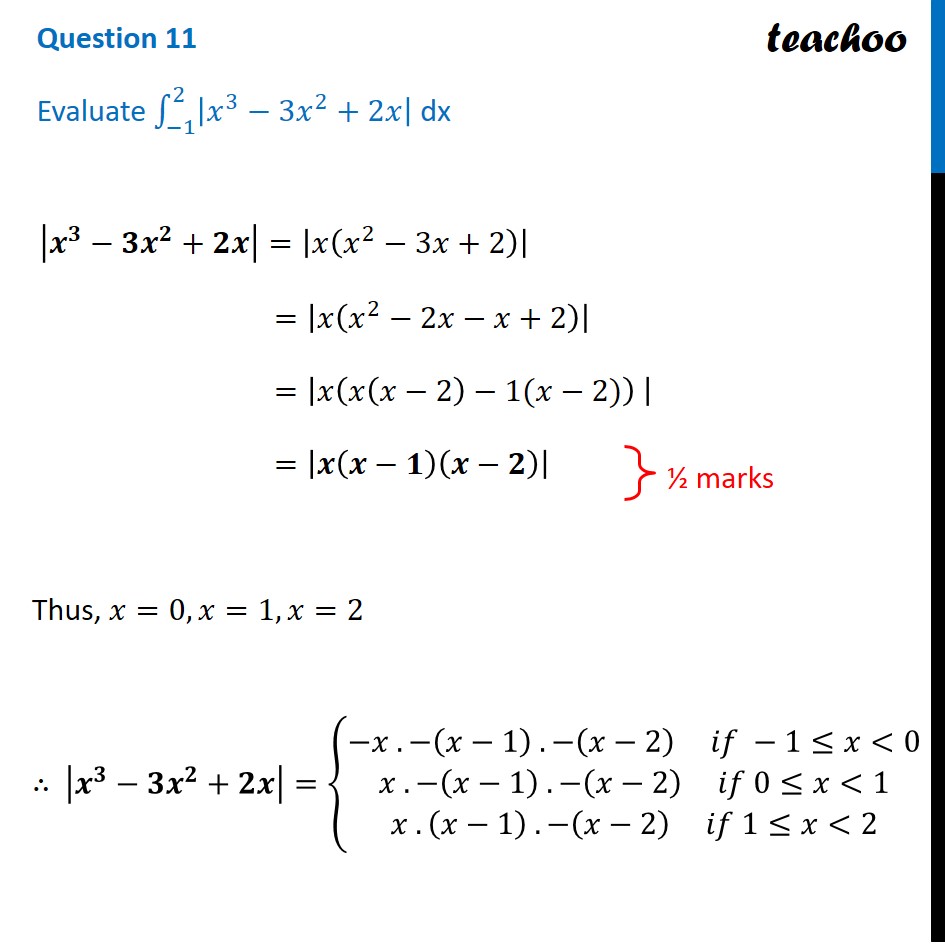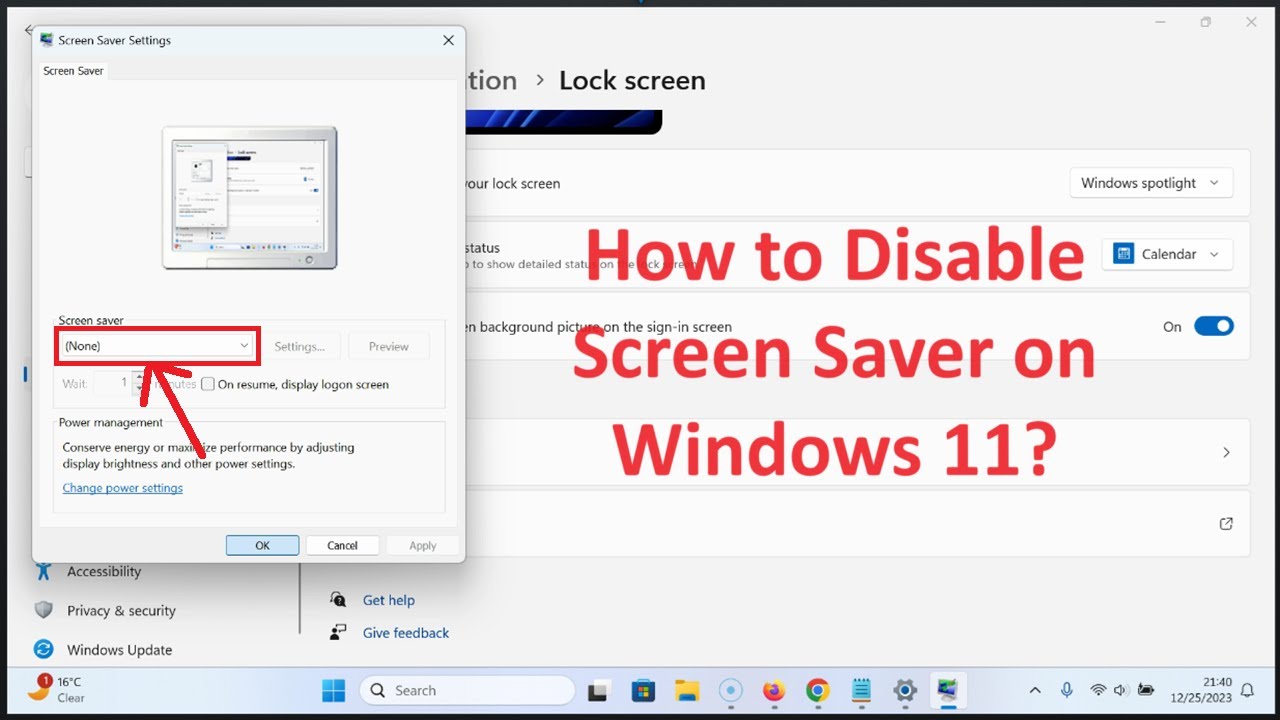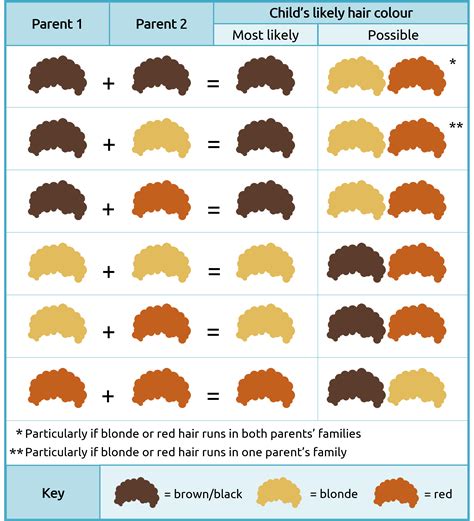The Ultimate Guide to Tracking Changes in PDFs

PDFs have become an integral part of our digital lives, from academic papers to legal contracts and business proposals. As these documents often undergo multiple revisions and collaborations, tracking changes effectively is crucial. In this comprehensive guide, we delve into the world of PDF change tracking, exploring its benefits, methods, and best practices. Join us as we uncover the secrets to efficient PDF collaboration and version control.
Understanding the Importance of Change Tracking in PDFs

Change tracking, or revision control, is a vital feature in modern document management. It allows users to collaborate seamlessly, ensuring that every edit, addition, or deletion is recorded and attributed to the right person. This feature is particularly valuable when working with PDFs, as it provides a clear audit trail, enhances transparency, and simplifies the review and approval process.
In the realm of PDFs, change tracking serves multiple purposes. For instance, it helps identify and resolve conflicts during collaborative editing, ensuring that all contributors are working with the latest version. It also aids in version control, allowing users to easily revert to previous iterations if needed. Additionally, change tracking provides a historical record of document revisions, which is crucial for legal and compliance purposes.
Benefits of Effective Change Tracking
Implementing efficient change tracking in PDFs offers a plethora of advantages. Firstly, it improves collaboration by enabling real-time updates and providing a centralized platform for multiple contributors. This ensures that everyone is working on the same page, quite literally. Secondly, change tracking enhances document security by tracking user actions and protecting sensitive information.
Moreover, change tracking simplifies the review process by highlighting changes and providing a clear overview of the document's evolution. This streamlines the approval process, reducing the time and effort required for document management. Lastly, effective change tracking contributes to better decision-making by providing a comprehensive record of revisions, allowing users to analyze the impact of each change and make informed choices.
Methods for Tracking Changes in PDFs

There are several methods available for tracking changes in PDFs, each with its own advantages and limitations. Let’s explore the most common approaches and their suitability for different use cases.
Manual Change Tracking
One of the simplest methods is manual change tracking, where users make edits directly on the PDF and use commenting tools to indicate changes. While this method is straightforward, it lacks the sophistication of automated change tracking and can be time-consuming, especially for complex documents. However, it remains a viable option for small-scale projects or when working with legacy PDF editors.
Using Dedicated PDF Editors
Dedicated PDF editors, such as Adobe Acrobat and Foxit PhantomPDF, offer robust change tracking features. These tools provide a comprehensive set of tools for editing, commenting, and tracking changes, ensuring a seamless and efficient workflow. They support various annotation types, such as highlights, strikethroughs, and comments, making it easy to visualize and understand changes.
| PDF Editor | Key Features |
|---|---|
| Adobe Acrobat | Advanced change tracking, collaboration tools, and integration with Adobe Sign for e-signatures. |
| Foxit PhantomPDF | Intuitive interface, real-time collaboration, and support for OCR (Optical Character Recognition) for scanned PDFs. |

Online PDF Change Tracking Tools
For those who prefer cloud-based solutions, online PDF change tracking tools provide a convenient and accessible option. These tools offer a range of features, including real-time collaboration, version control, and secure document sharing. They are often more cost-effective and easier to use than traditional PDF editors, making them ideal for small businesses and remote teams.
Best Practices for Effective Change Tracking
To maximize the benefits of change tracking in PDFs, it’s essential to follow best practices. Here are some key tips to ensure a smooth and efficient workflow.
Standardize Your Workflow
Establishing a standardized workflow for change tracking can significantly improve collaboration and reduce confusion. Define clear roles and responsibilities for contributors, and set guidelines for how changes should be made and communicated. This ensures that everyone is on the same page and reduces the risk of errors or conflicts.
Utilize Version Control
Version control is crucial for maintaining a clear history of document revisions. Implement a naming convention for PDF versions, such as including the date and author’s name in the file name. This makes it easy to identify and access previous versions, ensuring that valuable work is not lost.
Leverage Collaboration Tools
Collaboration tools, such as those offered by dedicated PDF editors and online platforms, provide a range of features to enhance teamwork. Utilize real-time editing, commenting, and chat features to facilitate efficient communication and collaboration. These tools enable contributors to work simultaneously, reducing the time required for document review and approval.
Train Your Team
Effective change tracking relies on user proficiency with the chosen tools and processes. Provide comprehensive training and support to ensure that your team understands the importance of change tracking and can utilize the available features effectively. This investment in training will pay off in the form of improved collaboration and reduced errors.
Advanced Features for Enhanced Change Tracking
While basic change tracking is valuable, advanced features can further enhance the collaboration and version control process. Let’s explore some of these features and their benefits.
Advanced Markup and Annotation
Advanced PDF editors offer a wide range of markup and annotation tools, allowing users to highlight, underline, strike through, and comment on specific parts of the document. These features provide a clear visual indication of changes, making it easier for reviewers to understand and accept or reject edits.
Real-Time Collaboration
Real-time collaboration is a game-changer for remote teams. With this feature, multiple users can work on the same PDF simultaneously, with changes appearing instantly for all contributors. This eliminates the need for back-and-forth email exchanges and ensures that everyone is working with the latest version.
Change Summary Reports
Change summary reports provide a comprehensive overview of all changes made to a PDF, including who made the changes, when they were made, and the nature of the edits. These reports are invaluable for auditing purposes and help ensure compliance with legal and regulatory requirements.
Automatic Version Control
Automatic version control takes the hassle out of managing document versions. With this feature, each time a PDF is saved, a new version is automatically created, complete with a timestamp and author information. This ensures that a clear history of document revisions is always available, without the need for manual version naming.
Security Considerations for PDF Change Tracking

As with any collaboration tool, security is a critical concern when it comes to PDF change tracking. Let’s explore some best practices to ensure that your PDF change tracking process is secure and compliant.
Secure Document Sharing
When sharing PDFs for collaboration, it’s essential to use secure methods. Avoid sending sensitive documents via email, which can be intercepted or hacked. Instead, utilize secure file-sharing platforms or cloud storage solutions that offer encryption and access controls.
User Access Controls
Implement user access controls to ensure that only authorized individuals can view and edit PDFs. This prevents unauthorized access and potential data breaches. Consider using role-based access controls, where different levels of permission are assigned based on the user’s role or responsibilities.
Data Encryption
Encrypting PDFs adds an extra layer of security, ensuring that even if the file is intercepted, the contents remain unreadable without the decryption key. This is particularly important for sensitive documents, such as legal contracts or financial reports.
Audit Trails
Audit trails, a feature of many advanced PDF editors, provide a detailed record of all actions taken on a PDF, including who made changes, when they were made, and the nature of the edits. This information is invaluable for compliance and security purposes, allowing administrators to identify potential security breaches or unauthorized access.
Future Trends in PDF Change Tracking
The world of PDF change tracking is constantly evolving, with new technologies and innovations shaping the future of collaboration. Here’s a glimpse into some of the trends that are likely to impact the way we track changes in PDFs.
Artificial Intelligence (AI) Integration
AI is set to play a significant role in PDF change tracking, with machine learning algorithms analyzing and interpreting changes to provide intelligent insights. For instance, AI can automatically categorize and summarize changes, making it easier for reviewers to understand and accept or reject edits.
Cloud-Based Collaboration
Cloud-based collaboration platforms are becoming increasingly popular, offering a range of benefits, including real-time editing, version control, and secure document sharing. These platforms are expected to continue evolving, with improved integration and collaboration features, making remote teamwork even more efficient.
Mobile PDF Editing
With the rise of mobile devices, the demand for mobile PDF editing and change tracking solutions is growing. Expect to see more robust and user-friendly mobile apps that enable users to track changes and collaborate on the go, without compromising on security or functionality.
Blockchain for Document Integrity
Blockchain technology is being explored as a means to enhance document integrity and security. By using blockchain, PDFs can be timestamped and verified, ensuring that changes are accurately recorded and cannot be altered without detection. This technology has the potential to revolutionize document security and change tracking.
How do I enable change tracking in Adobe Acrobat?
+To enable change tracking in Adobe Acrobat, go to the “Tools” menu, select “Review,” and click on “Track Changes.” This will activate the change tracking feature, allowing you to make edits and annotations that will be recorded and visible to other reviewers.
Can I track changes in scanned PDFs?
+Yes, you can track changes in scanned PDFs using OCR (Optical Character Recognition) technology. This technology allows you to convert scanned images into editable text, making it possible to track changes just like in a regular PDF.
What are some free PDF change tracking tools?
+There are several free PDF change tracking tools available, including Smallpdf, PDFescape, and Sejda. These tools offer basic change tracking features, making them suitable for personal or small-scale projects.
How do I merge multiple PDFs with tracked changes?
+To merge multiple PDFs with tracked changes, you can use dedicated PDF editors like Adobe Acrobat or Foxit PhantomPDF. These tools allow you to combine PDFs while retaining the tracked changes and annotations.
Is it possible to protect tracked changes in a PDF?
+Yes, you can protect tracked changes in a PDF by using password protection. This ensures that only authorized users can view and edit the tracked changes, maintaining the integrity of the document.



